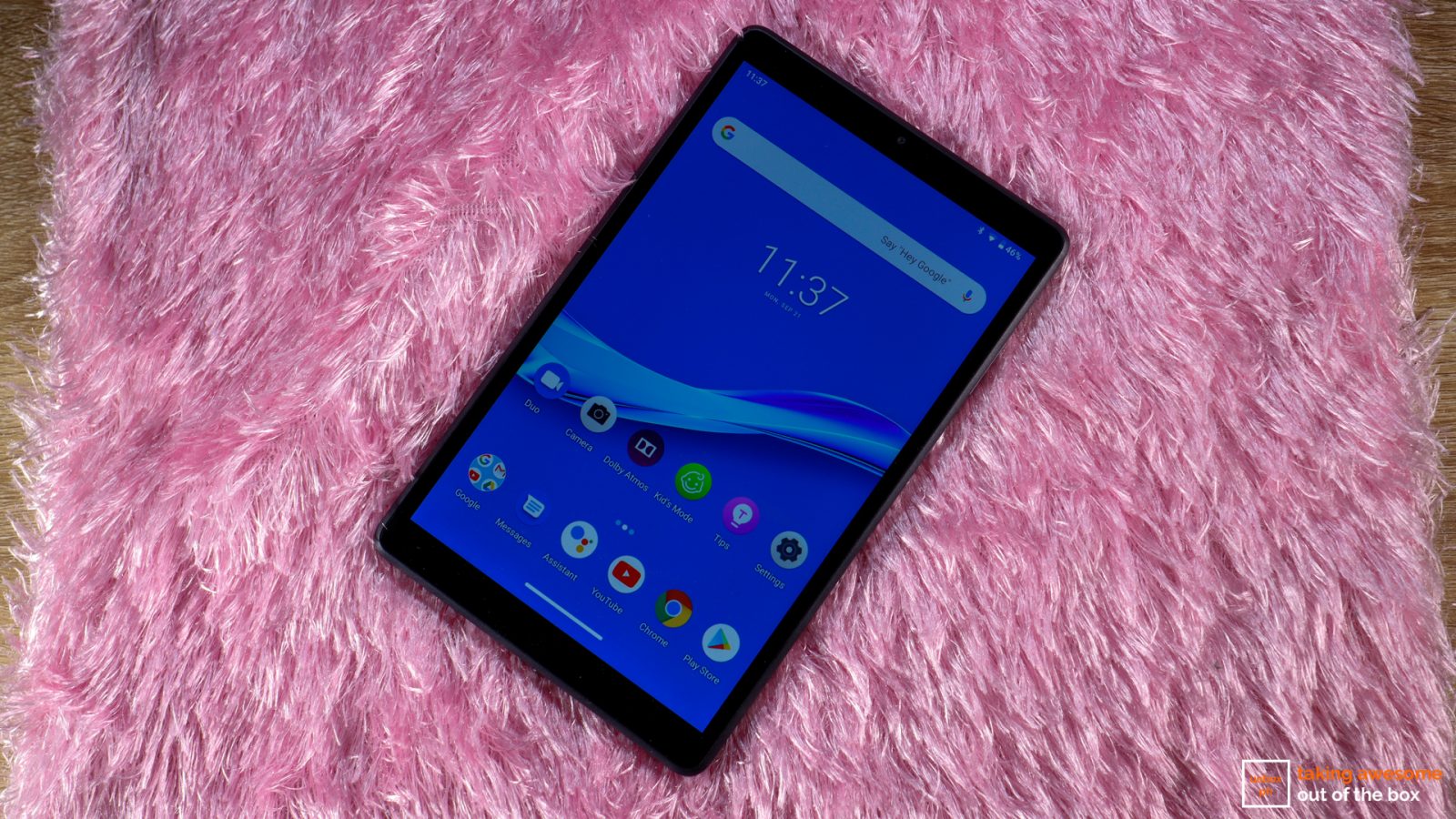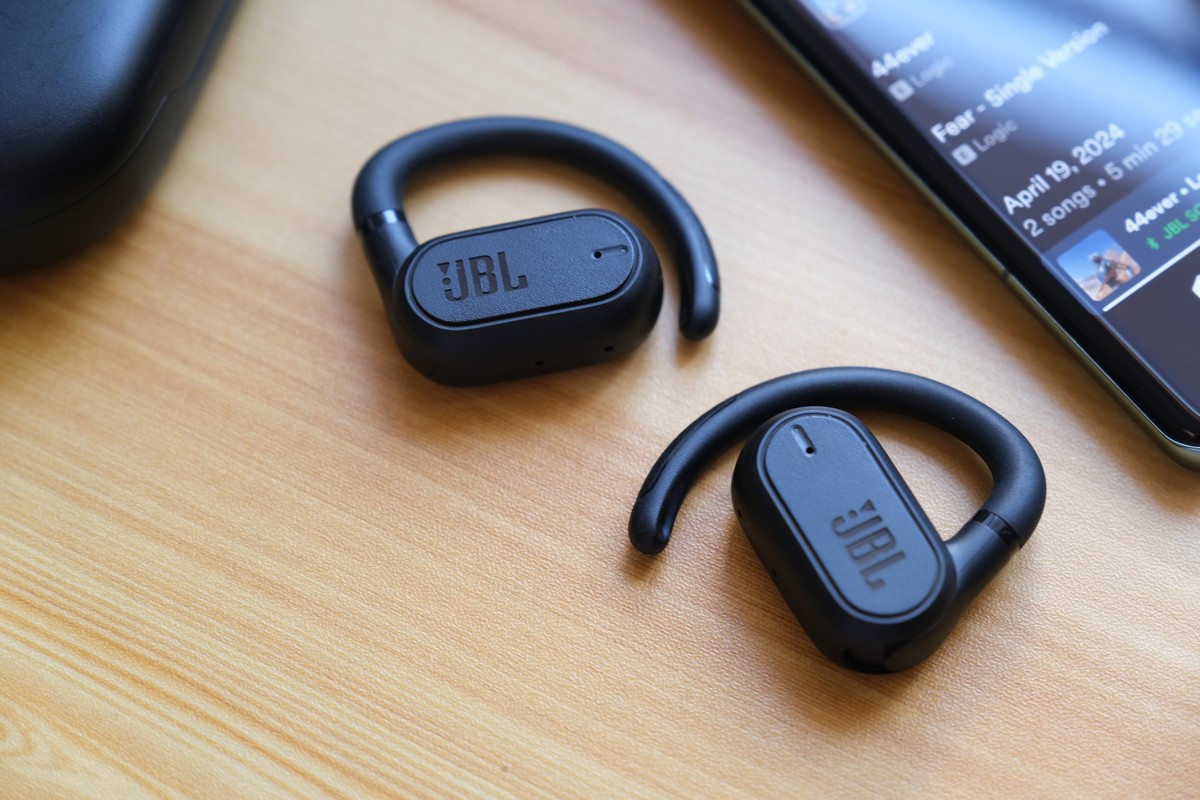We take a look at the two phones side by side
The Realme 3 Pro has been officially announced in the Philippines today, and many of you are probably wondering what the new device has over its older and less expensive sibling.
Realme 3 Specs
- MediaTek Helio P60 octa-core processor
- 3GB/4GB RAM
- 6.2-inch HD+ LTPS IPS Dewdrop display, Gorilla Glass 3 protection
- 32GB/64GB of expandable storage
- 13-megapixel f/1.8 and 2-megapixel rear cameras with LED flash, PDAF, Chroma Boost, and Nightscape
- 13-megapixel f/2.0 front camera
- Dual SIM
- 3G, LTE
- WiFi, Bluetooth, GPS, A-GPS, fingerprint scanner, AI Facial Unlock
- 4230mAh battery
- Android 9 Pie with ColorOS 6
Realme 3 Pro Specs
- Qualcomm Snapdragon 710 octa-core processor
- Adreno 616 GPU
- 4GB/6GB RAM
- 6.3-inch Full HD+ LTPS IPS Dewdrop display, Gorilla Glass 5 protection
- 64GB/128GB of expandable storage
- 16-megapixel f/1.8 Sony IMX 519 and 5-megapixel f/2.4 rear cameras with LED flash, Dual Pixel Autofocus, EIS, Chroma Boost, Ultra HD mode, 960FPS slow-motion video, Speed Shot, Nightscape, and 4K video recording
- 25-megapixel f/2.0 front camera with AI beautification, Smart Groufie
- Dual SIM
- 3G, LTE
- WiFi, Bluetooth, GPS, A-GPS,
- Fingerprint scanner, AI Face Unlock, Smart Audio Amplifier
- Dust and splash resistant
- 4045mAh battery with VOOC 3.0 20w fast charging
- Android 9 Pie with ColorOS 6
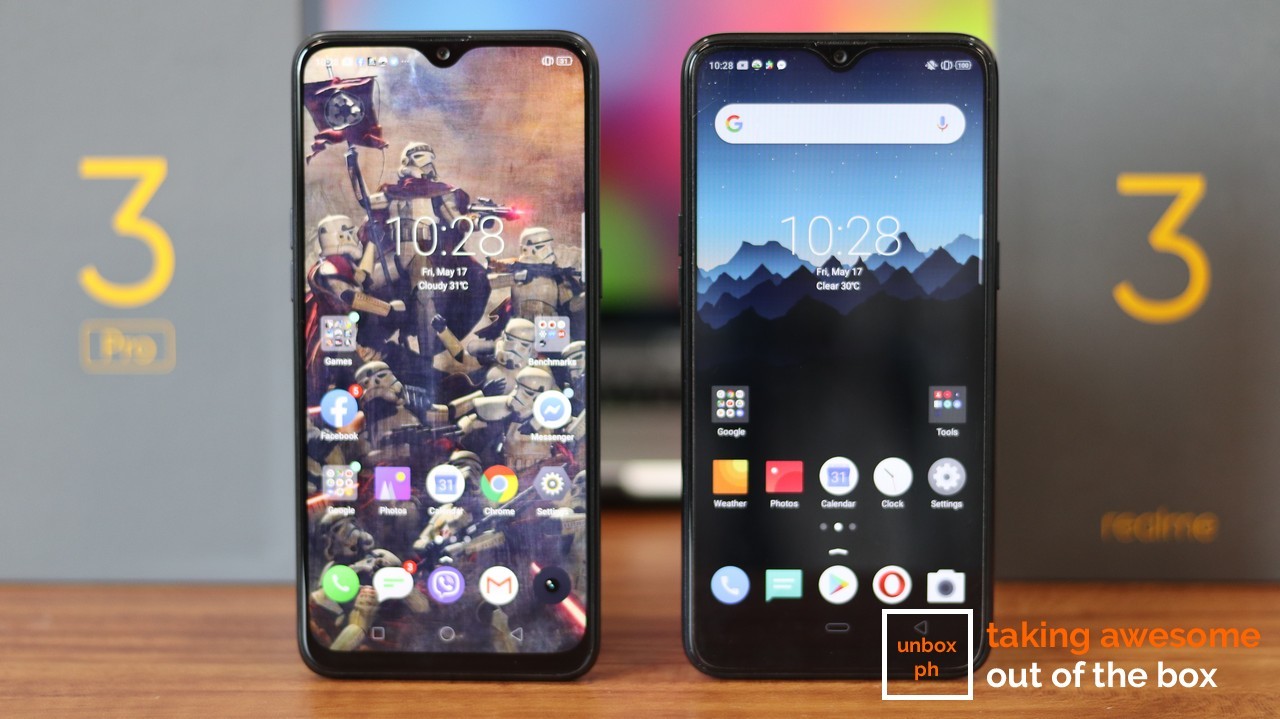
Quite a lot actually. While the phone is almost the same size thanks to near identical screen sizes (6.22-inches for the Realme 3 VS 6.3-inch for the Realme 3 Pro), the screen resolution is quite different, with the Realme 3 having an HD+ resolution panel (1520 x 720) VS the Realme 3 Pro’s full HD+ display (2340 x 1080p).
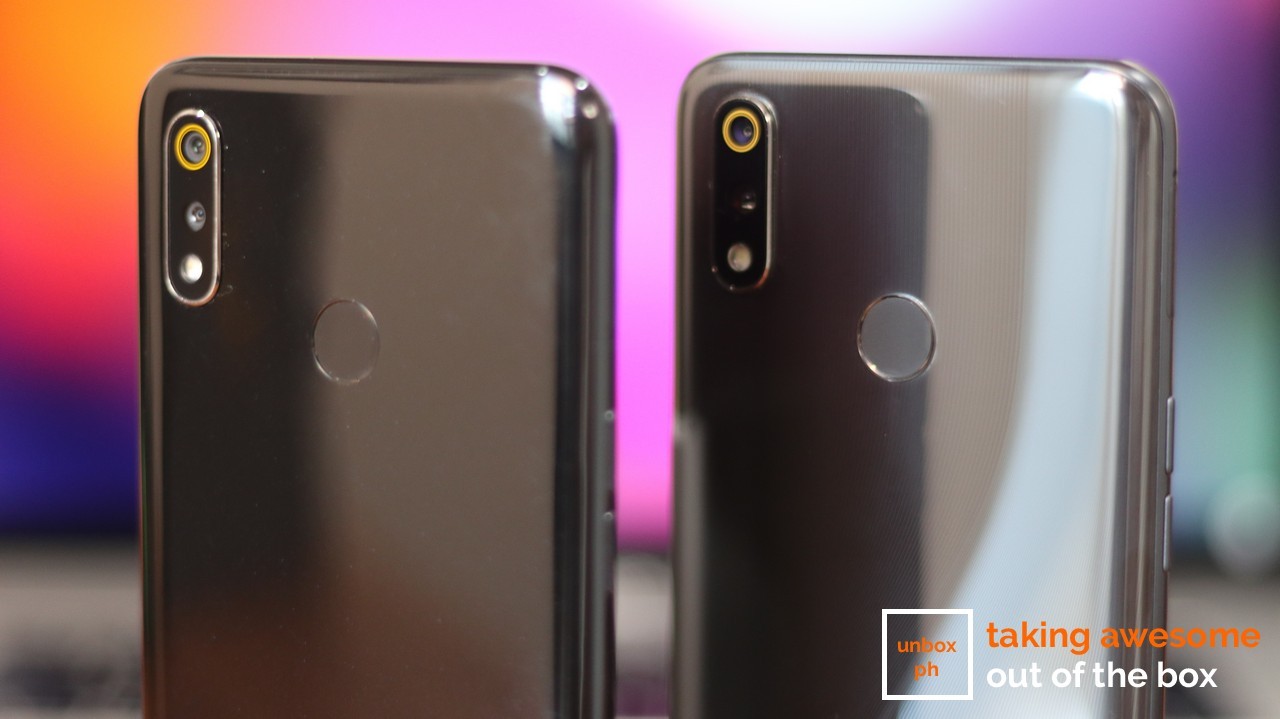
Screen protection is also quite different, as the Realme 3 Pro has a tougher Gorilla Glass 5 layer VS the Realme 3’s Gorilla Glass 3.
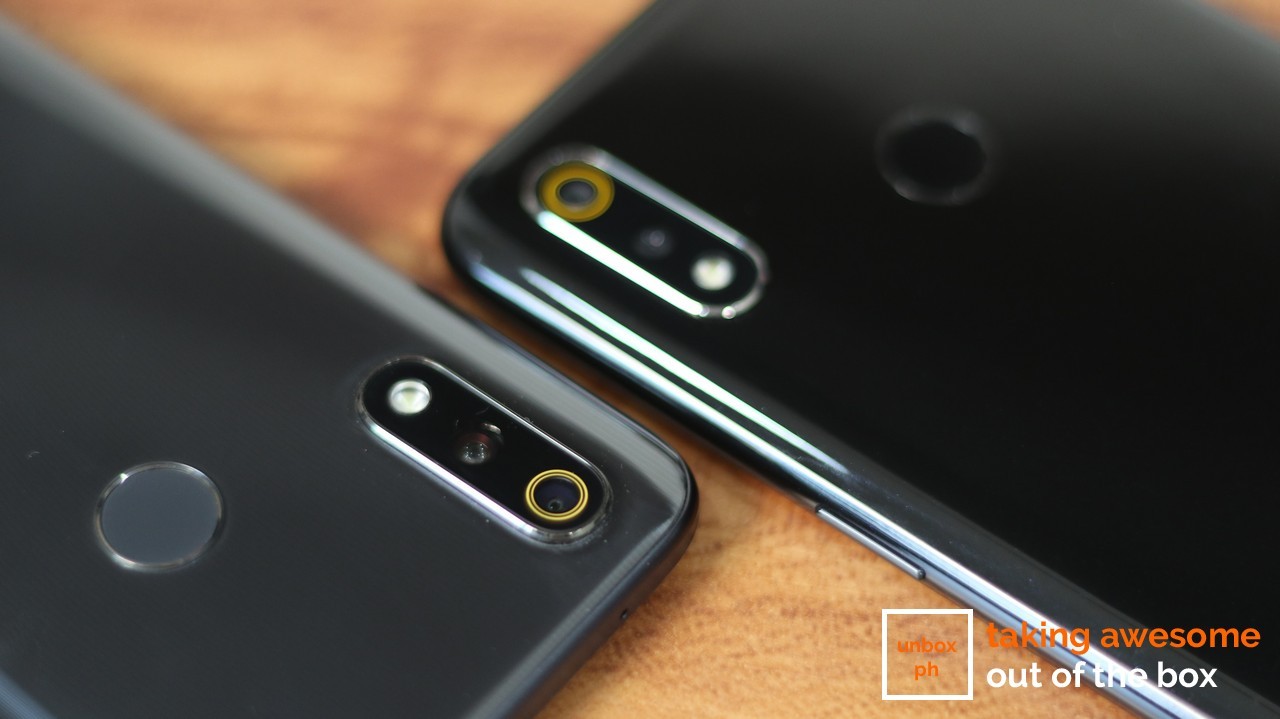
Cameras are also much improved for the Realme 3 Pro VS the Realme 3, with the former sporting a 16-megapixel Sony IMX519 main camera with an f/1.7 aperture and 5-megapixel depth sensor, and the latter possessing just a 13-megapixel rear camera with an f/1.8 aperture and a 2-megapixel depth sensor.

Selfies also turn out quite differently when using the Realme 3 Pro VS the Realme 3, as the more expensive mid-range phone has a 25-megapixel f/2.0 front camera VS the 13-megapixel f/2.0 front camera on the budget phone.
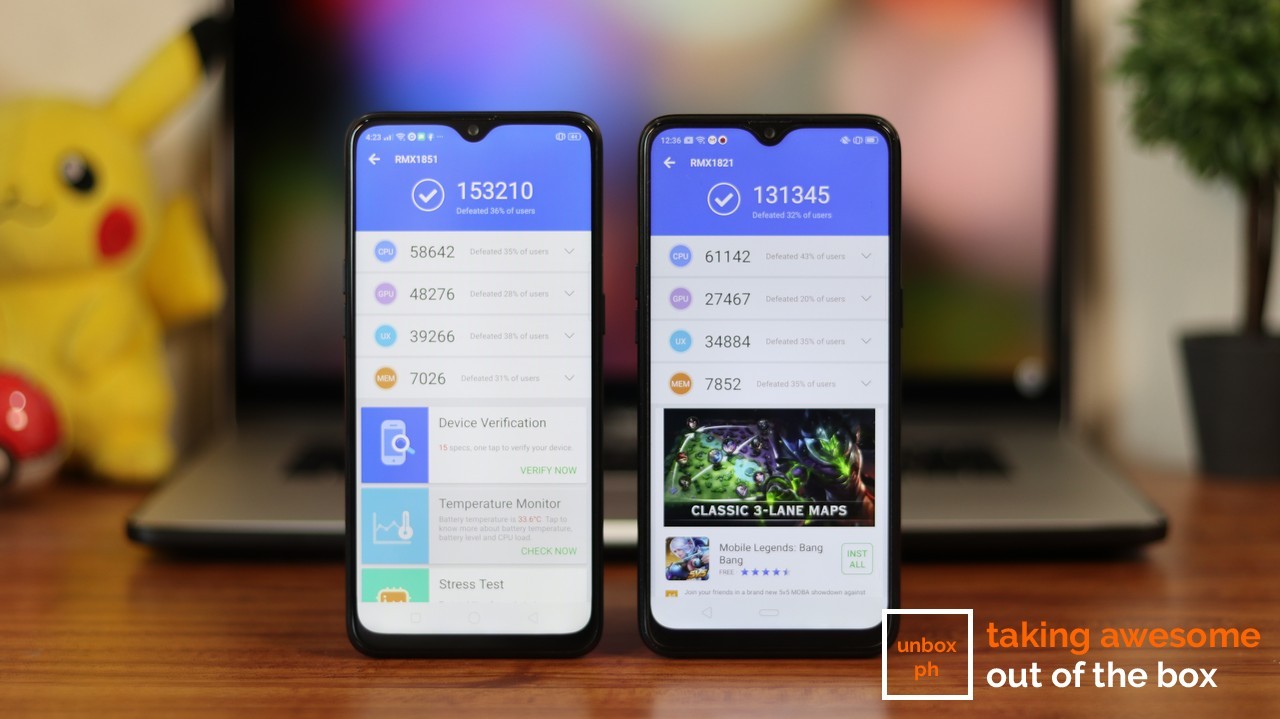
The biggest change obviously, is the processor. The Realme 3 uses MediaTek’s Helio P60 octa-core processor, paired with 3GB/4GB of RAM along with 32GB/64GB of storage.
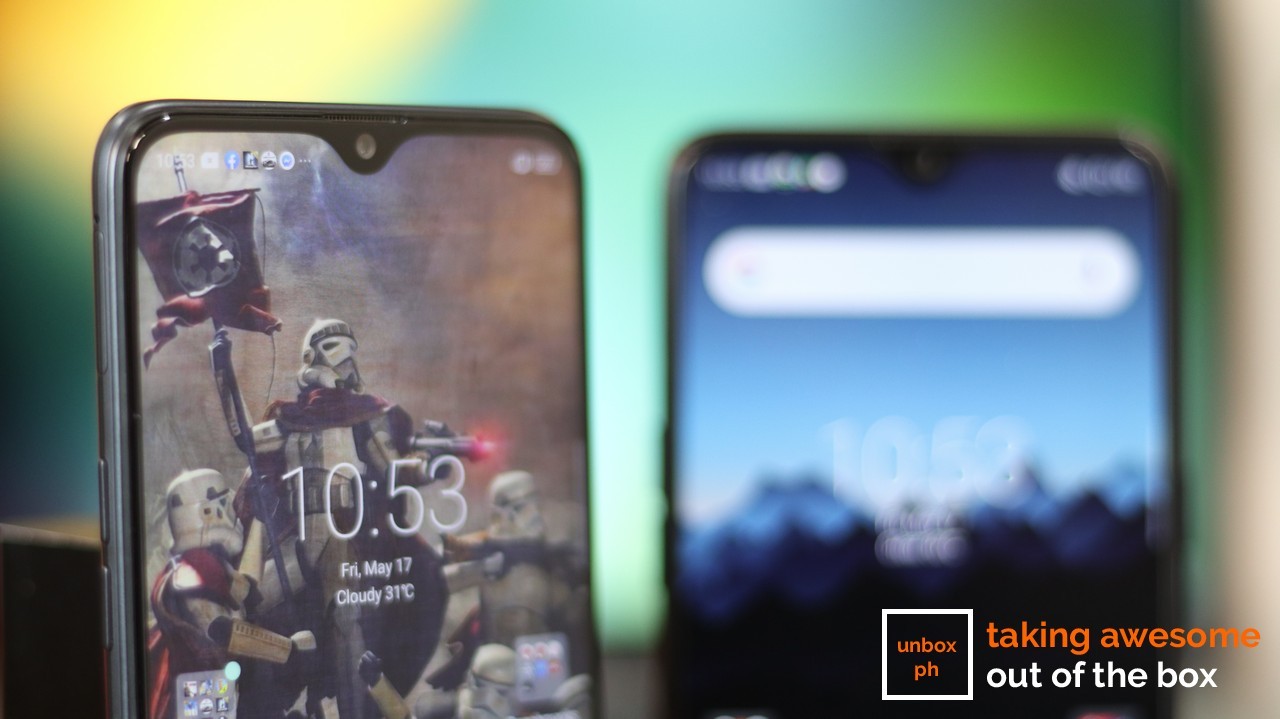
While MediaTek’s P60 chipset performs well enough, it’s eclipsed by the performance of Qualcomm’s Snapdragon 710 chipset, which is usually found on more expensive mid-range phones. That’s paired with 4GB/6GB of RAM, and storage up to 128GB.
Both phones still use rear-mounted fingerprint scanners for security, and both phones have face unlock capabilities as well. The software side is the same as well, as both phones run Android 9 Pie with ColorOS 6 layered on top of it.
Annoyingly enough both phones still use the aging micro USB port.
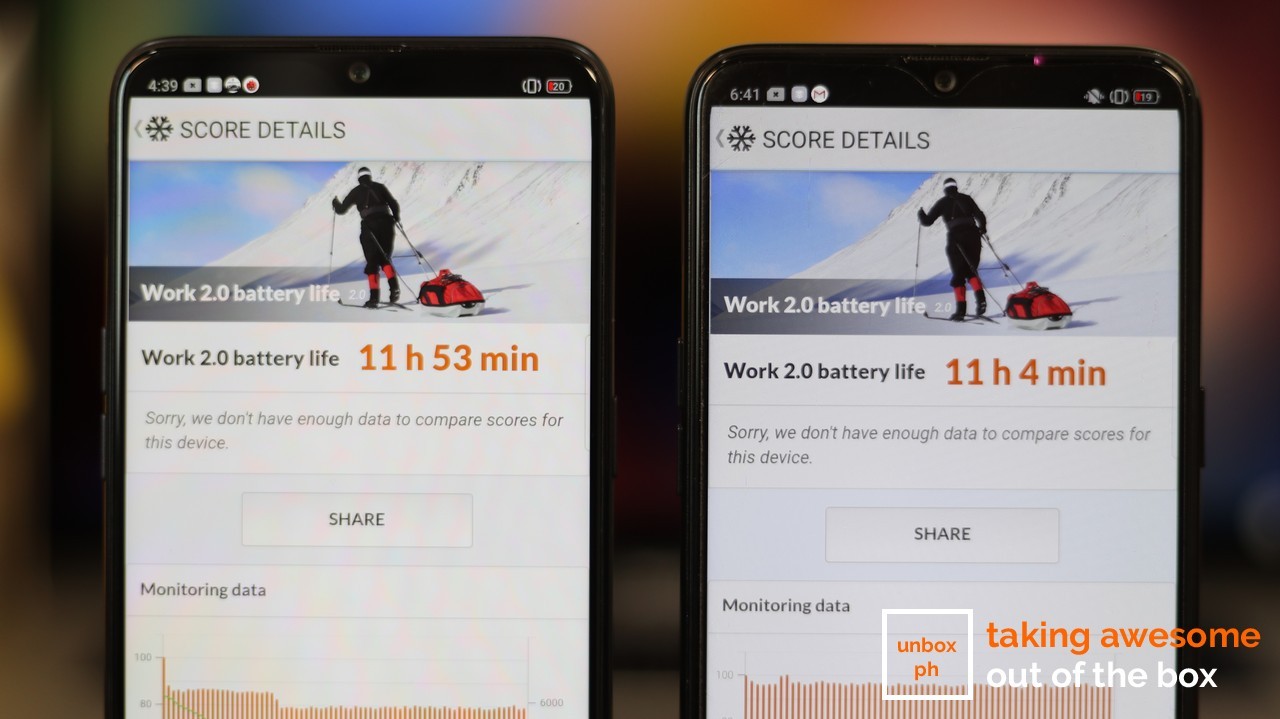
While the Realme 3 has a slightly bigger battery than the Realme 3 Pro (4,230mAh VS 4,045mAh), the latter has 20W VOOC 3.0 fast charging tech that the former doesn’t have. Surprisingly enough, the Realme 3 Pro manages a longer run time than the Realme 3 in our PCMark Battery benchmark rundown test.

Moving onto price, the Realme 3 is available for Php 6,990 for the 3GB/32GB version, Php 7,990 for the 3GB/64GB variant and Php 9990 4GB/64GB version.
The Realme 3 Pro, on the other hand, is substantially more, priced at Php 12,990 for the 4/64GB variant and Php 14,990 for the 6GB/128GB variant.




